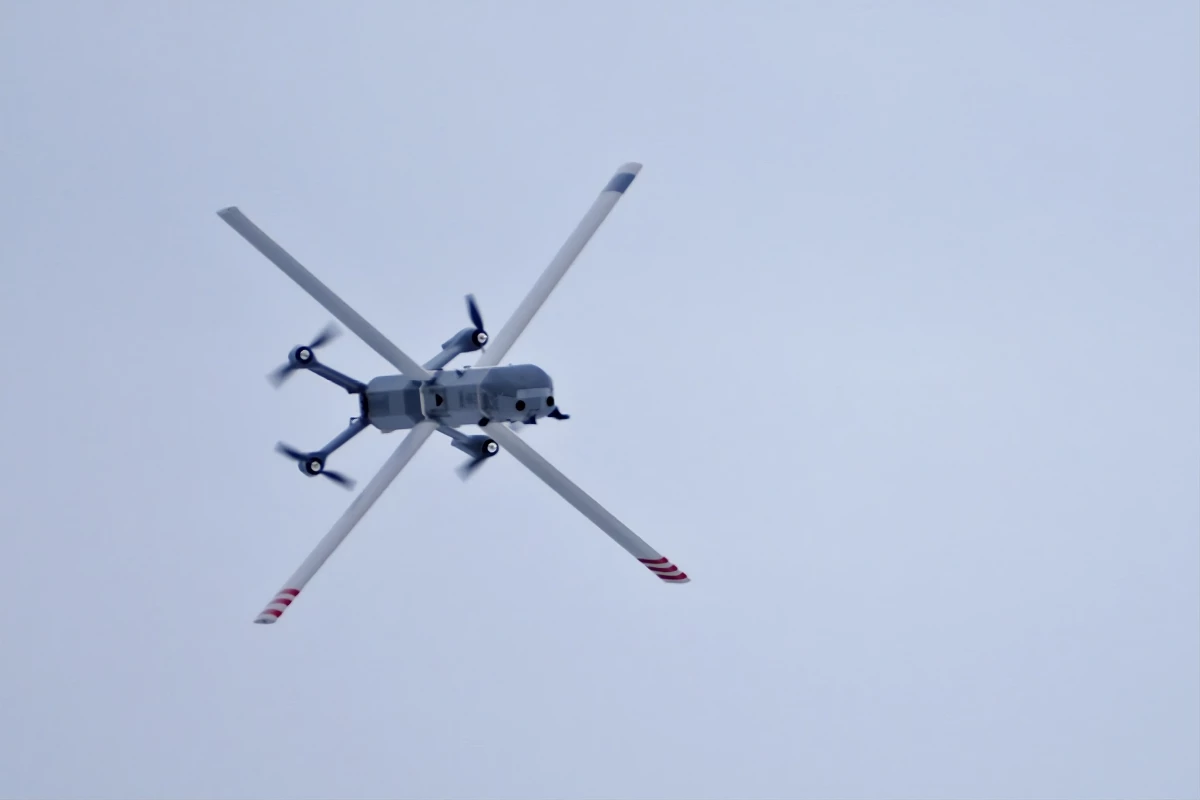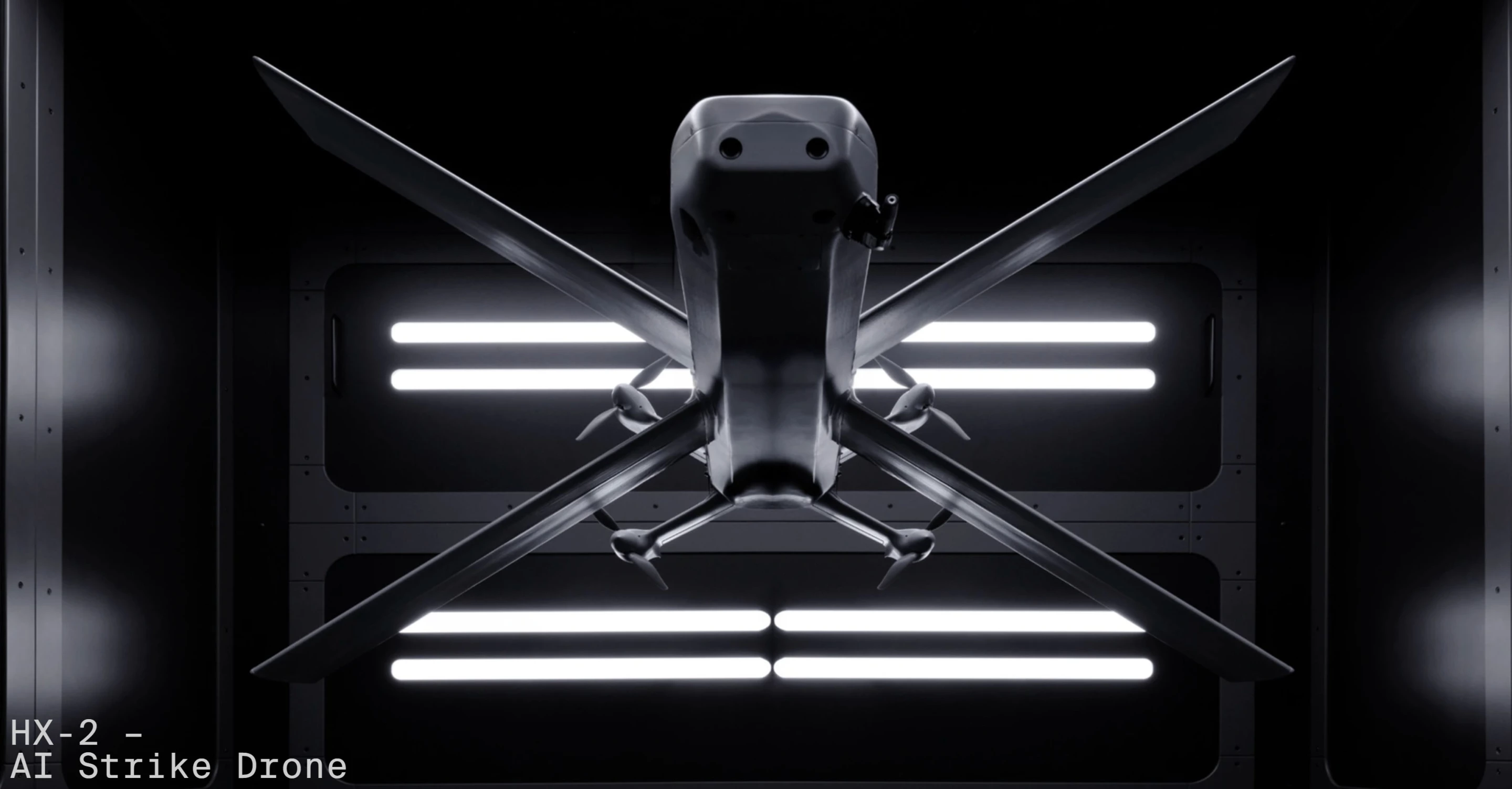German defense technology company, Helsing, has just unveiled its first AI-powered, munitions-deploying strike drone, the HX-2, though its core components are already battle-hardened.
The electric-propelled "x-wing" kamikaze drone is capable of a 136-mph (220-km/h) top speed and has a 62-mile (100-km) range. Onboard AI gives the drone electronic warfare (EW) immunity, allowing an operator control of the drone without a continuous data connection. The strike drone is also jamming-resistant. Thanks to its onboard AI software, a human operator isn't required to have line-of-sight for the drone to reach its intended target.
The HX-2 can seek out, re-identify, and engage targets without a signal, though a human operator always remains in control of "critical decisions," according to Helsing.
It weighs in at a modest 26.4 lb (12 kg), though it's unclear if that weight includes payload. The HX-2 is classified as a "loitering munition", specifically designed for anti-tank and anti-structure operations. If paired with Helsing's proprietary Altra recce/strike software, the HX-2 can be controlled in swarms by a single human operator.

"With HX-2, we are creating a new smart effector category that combines mass, autonomy and precision," said Niklas Köhler, co-founder of Helsing. "Individual HX-2s can reliably engage armored targets in highly contested environments. When deployed along borders at scale, HX-2 can serve as a powerful counter-invasion shield against enemy land forces."
The HX-2 has proven to be far more cost-effective than conventional artillery systems and is engineered for mass production using economical methods like 3D printing. Some 4,000 completed units have recently been shipped for use in Ukraine where the core components have already been under rigorous testing in live-fire combat scenarios for some time.
Similar approaches have been made in weaponizing what used to be a hobbyist activity. In October, Anduril announced its drone, the Bolt-M, which can also self-destructively deploy anti-personnel and anti-vehicle munitions but also offers a more sophisticated network of shared information across Anduril's platform Lattice.
Source: Helsing






